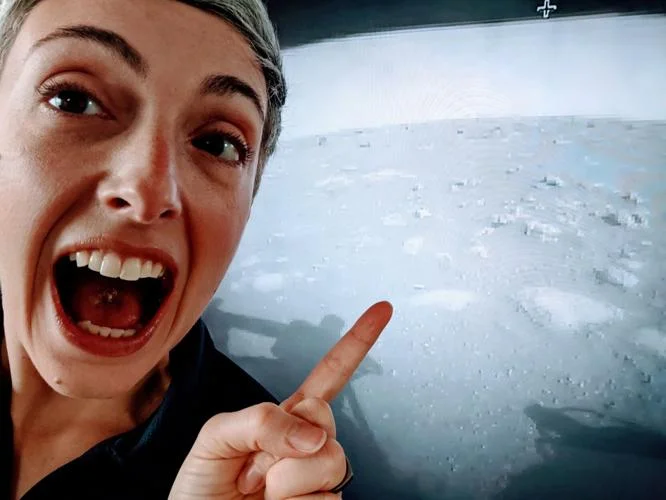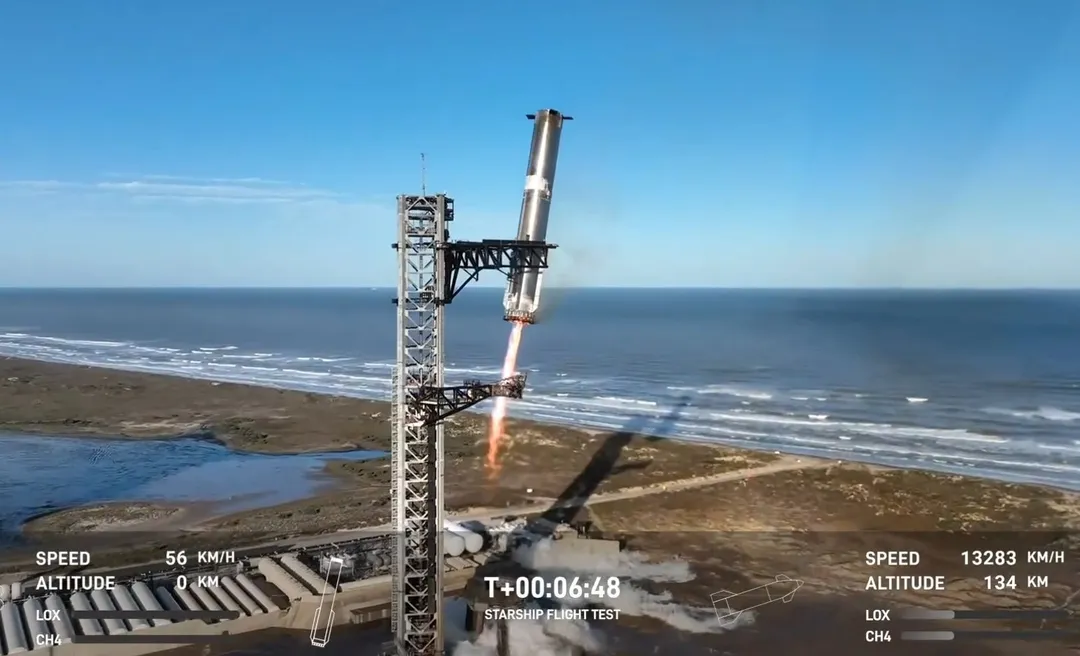
Elon Musk’s Mars Vision: A Necessary Escape or Ignoring Earth’s Crises?
Elon Musk believes humanity's survival hinges on colonizing Mars before the Sun renders Earth uninhabitable. He envisions a multiplanetary future as essential, not just visionary. But is this a scientifically sound mission, or does it distract from immediate planetary threats?
Musk asserts that as the Sun ages, it will intensify, eventually vaporizing Earth. In this dire scenario, Mars could offer temporary refuge. However, critics like Captain Mark Kelly point out that if Earth is incinerated, so is Mars, questioning the rationale. 
A crucial question arises: Is Musk's timeline realistic? Scientists say that the Sun won't reach its destructive phase for billions of years. Meanwhile, climate change and mass extinction are immediate crises. Experts argue that focusing on Earth's habitability should be the priority, not preparing for a distant threat. Is the Mars mission a backup plan, or a red herring?
While captivating, the Mars mission risks diverting attention from Earth's pressing issues. Investing in planetary preservation, reducing emissions, and restoring ecosystems may be a more prudent approach before embarking on the Red Planet adventure.
However, scientists like Robin Wordsworth are also exploring how to make Mars habitable. He envisions creating dome-enclosed biospheres across the Martian dunes. This involves re-engineering Mars to restore its ocean and atmosphere while generating oxygen.
A new paper published in Nature Astronomy casts fresh eyes on the possibility of **terraforming Mars**, highlighing recent advances in three key areas which should revitalise interest in Mars terraforming research: improved climate modelling and engineering techniques, breakthroughs in understanding extremophilic organisms and synthetic biology, and significant developments in space technology like SpaceX's Starship that could reduce payload costs to Mars by 1000x. These advances suggest a three-phase approach to making Mars habitable.

Wordsworth's team is designing sanctuaries that could shelter the first humans on Mars. He also proposes massive solar sail mirrors positioned above the Martian poles - channeling reflected light from the sun to melt the polar caps - could be realized, if inventors can take the last steps toward reducing the mass of the orbital reflectors. Vast shields, constructed of lightweight silica aerogel, deployed across the warming plains around the equator could shelter the first Edenic gardens, sprinkled with bio-engineered bacteria to remediate the poisonous perchlorate that now plagues the surface sands.
NASA also is evaluating every opportunity, including launch windows in 2026 and 2028, to test technologies that will land humans on Mars.” Elon Musk aims to loft a flotilla of five Starships carrying a robotic exploration team to Mars in 2026, and the first human mission two years later.

Ultimately, the debate boils down to priorities. Should we focus on solving Earth's problems or invest in a long-term escape plan? Could research into making Mars habitable offer valuable insights for planetary sustainability on Earth?
What are your thoughts? Share your perspective in the comments below.